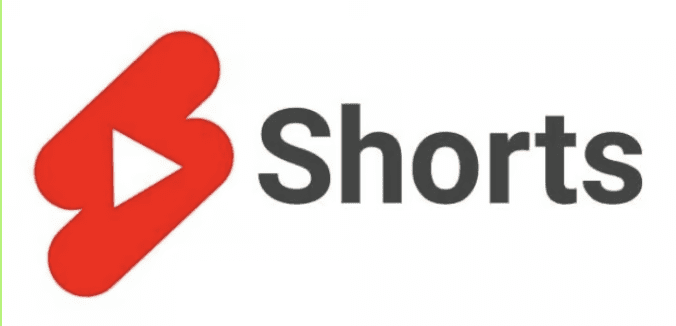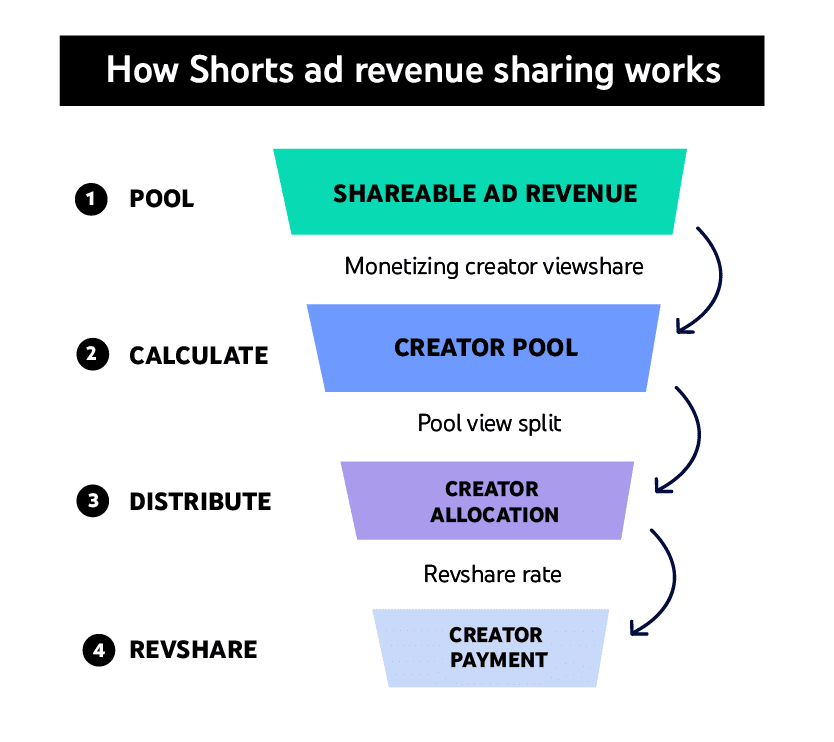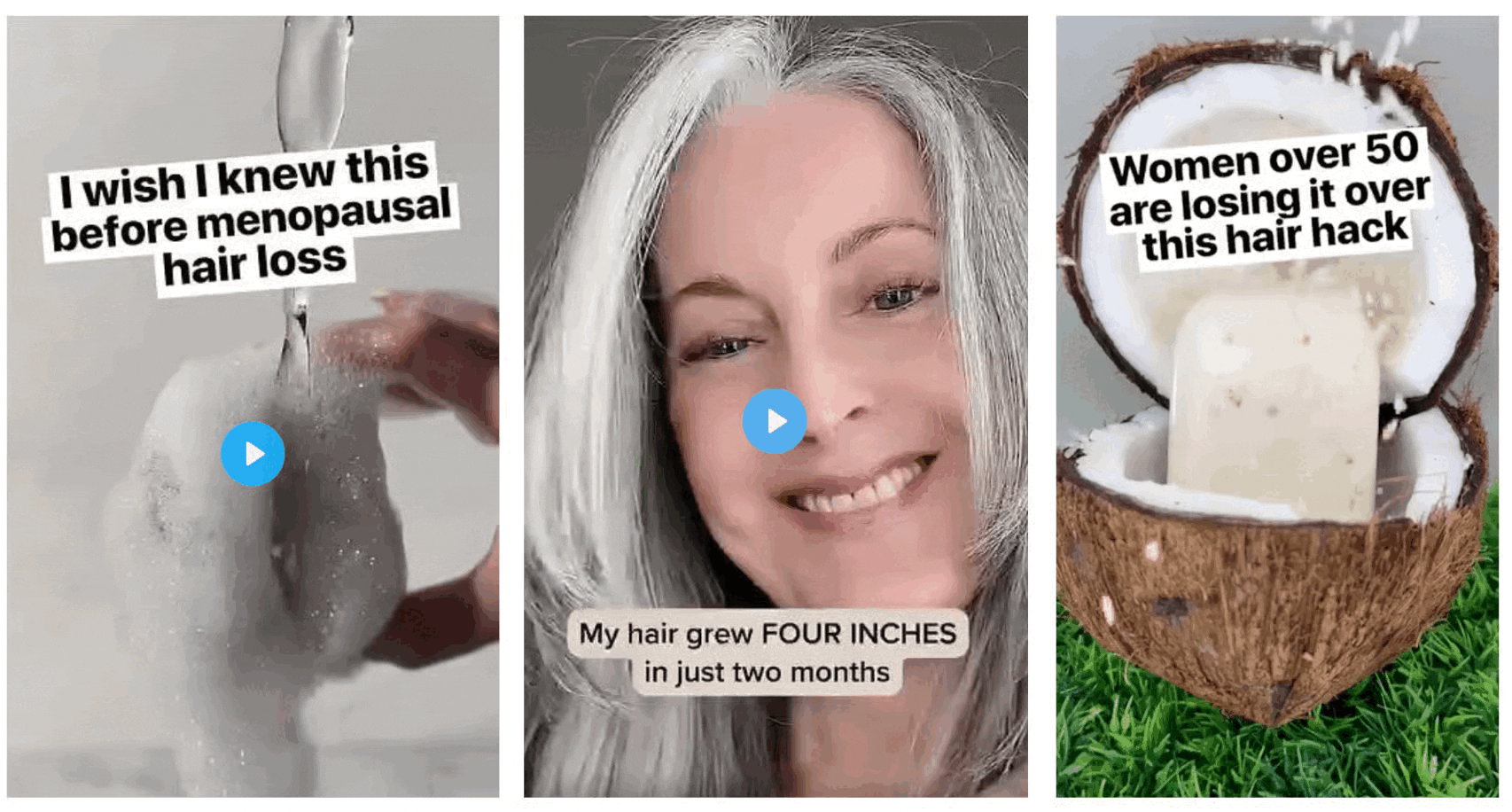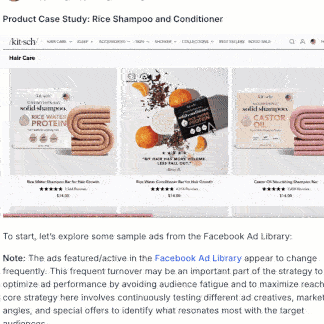Want to see some YouTube Shorts ads that are scaling right now, using VidTao competitor ad library?
You’re in luck…
Because today is 2 Shorts Tuesday. Why YouTube Shorts ads?
Because YouTube Shorts ad inventory is only going to keep growing:
5 Reasons Why More Creators Are Choosing YouTube Shorts Instead of TikTok
#1 - 💰 MORE MONEY 💰
YouTube made it easier to earn money with YouTube Shorts in 2024 by letting creators take a cut of ad money from their Shorts—a better deal than TikTok’s confusing payment system.
This works for both short videos and regular YouTube content, making it safer for creators who want steady income.
#2 - ⛔TikTok Ban Rumors/Reality⛔
Rumors (and a quick reality) of a TikTok ban in the U.S. made many creators start posting on YouTube Shorts just in case. YouTube even let Shorts videos be 3 minutes long starting October 2024, copying TikTok’s style while giving creators more flexibility.
YouTube’s Big Advantages
#3 - 📈Built-in audience📈
Shorts get boosted by YouTube’s recommendations and trending lists, helping creators grow faster. TikTok doesn’t connect as well to other apps or longer videos.
#4 - 🆕Different viewers🆕
YouTube’s users are often older (25-34) vs. TikTok’s teen-heavy crowd, so creators can reach new fans.
#5 - 🤦♂️Creators Are Fed Up With TikTok🤦♂️
Many say TikTok’s rules change too often, and they’re tired of worrying about bans. YouTube feels more stable, especially with Google’s support for targeting the right audiences. The 3-minute Shorts also let them tell better stories without switching apps.
...And critically, most DTC & Direct Response advertisers are still under-leveraging YouTube Shorts as an ad placement.
(and the upside is huge)
So, what are some ways you can succeed with YouTube Shorts ads?
Let’s take a closer look at 2 YouTube Shorts ads doing well right now:
~ update from our friends at Funnel of the Week ~
Air Fryers, ‘Dark Posting’ & Category Creation for a $4B Market
Our friends at Funnel of the Week just released a new funnel breakdown…
…This time it’s a DTC beauty brand using dark posting + smart benefit repositioning to turn a decades-old niche product into a mainstream hit.
The product? Shampoo bars. The angle? No longer “eco-friendly” - now it’s hair transformation stories like:
“My hair grew 4 inches in 2 months”
“Finally found the solution for my thin, lifeless hair”
And the growth opportunity is huge:
- US shampoo bar market: $4.13B, growing 7.7% annually
- Only 35% of consumers know this category exists
- Only 8% have tried solid shampoo bars
Go here to see more at Funnel of the Week….
Inside this breakdown, you’ll see:
✓ All “dark post” influencer accounts running now - and how they target different demos
✓ Creative strategy that shifts from eco benefits to personal transformation
✓ The awareness stage moves that take someone from “never heard of it” to “ordering today”
✓ How this exact framework has created billion-dollar markets before (electric toothbrushes, plant-based meat, and more)
🎯 Ad #1: “This Discipline Trick Changed My Life” – A First-Person YouTube Shorts Ad That Feels Like a Confession
Our first pick for this week is an ad by Wisey that uses the “emotional breakdown to hopeful breakthrough” format—a structure that feels personal, vulnerable, and believable.
It blends:
✅ Conversational monologue (like a voice note)
✅ Therapy framing for credibility
✅ A relatable montage of failure → discovery → transformation
Let’s break it down:
Hook – Raw Vulnerability
“This discipline trick changed my life... I have no discipline and it’s seriously ruining my life.”
👉 Why this works:
•Leads with a personal pain statement, not a polished pitch.
•Uses direct language viewers instantly relate to.
•The phrase “ruining my life” is strong enough to stop the scroll—without sounding dramatic for drama’s sake.
Problem Stacking – “Here’s How Bad It Is”
“My house is always a mess. I’m never on time. I can’t stay focused at work...”
👉 Why this works:
•Lists micro-failures that compound into a bigger emotional load.
•Fast cadence of examples mirrors internal chaos.
•Ends with: “Every time I do [try to change], I always seem to fail”—a line that punches with hopelessness.
Breakthrough Trigger – Therapist Recommends It
“So I told my therapist... and she actually recommended this course.”
👉 Why this works:
•Introduces trusted authority (therapist = built-in credibility).
•Confession-style tone feels unscripted, like real-life venting.
•Frames the solution as reluctantly tried—not hyped, which lowers resistance.
The Differentiator – Not a Planner App
“This isn’t just another planner app… it discovered my discipline type.”
👉 Why this works:
•Preempts objections (“courses never work”) and disarms skepticism.
•The phrase “discipline type” introduces a new mechanism, giving the product a unique hook.
•Personalized plan = emotional relevancy instead of generic productivity advice.
Transformation – Internal + External Change
“I started doing the CBT exercises... I got so much better... I finally feel happy.”
👉 Why this works:
•Ends on emotional payoff, not just practical results.
•“CBT exercises” = believability (real methodology, not woo-woo).
•“I finally feel happy” = the real transformation being sold.
🔑 Key Takeaways from this Ad
1️⃣ Confession-Style Delivery = Instant Trust
The “messy middle” narrative pulls viewers in—it’s not trying to be perfect, it’s trying to be real.
2️⃣ Authority Bridge via Therapist = Built-in Credibility
Using a therapist recommendation makes the product feel vetted and safe.
3️⃣ Mechanism Introduction (Discipline Type) = Differentiation
Rather than “another productivity hack,” this one has a custom-tailored solution.
4️⃣ Preempting Objections Early = Viewer Alignment
Acknowledging skepticism about courses builds trust and keeps people watching.
5️⃣ Emotional Resolution > Functional Benefits
The real outcome isn’t being on time—it’s finally feeling good enough to try again.
Here’s what Wisey’s lander looks like:

YouTube Shorts Ad Free Brainstorm
Want to brainstorm with us on new ways to scale your business with
YouTube Shorts Ads (and other performance video platforms)?
Join us for a free YouTube Shorts Ad brainstorming session here:
🛏️ Ad #2: “Why Are We Still Using Pillows Designed 100 Years Ago?” – A Direct Visual Attack on Sleep Pain
This YouTube Shorts ad by Pillow House hooks with personal pain, builds credibility through demonstration, and reframes an old product (the pillow) with a “why has no one fixed this yet?” tone. It’s a classic problem-solution ad wrapped in relatable frustration.
This ad gained 2.2M views in around 1 month, just take a look:

It combines:
✅ Visual discomfort triggers
✅ Common pain points (neck, circulation, sleep)
✅ A clear product evolution narrative
Let’s get into more details:
Hook – The Pillow Problem, Visually
“Can’t sleep and your neck and your back constantly hurt… your pillow probably sucks.”
[Shows visibly uncomfortable positioning]
👉 Why this works:
•Calls out an extremely common pain point with language that’s casual + punchy (“sucks”).
•Immediate visual dramatization (arm losing circulation) creates physical empathy.
•Starts with personal frustration, not product hype.
Problem Stacking – Traditional Pillow = Obsolete
“Pillows have literally looked like this for hundreds of years. Why are we still using that design?”
👉 Why this works:
•Frames old pillows as outdated tech, creating desire for innovation.
•Taps into loss aversion: “You’ve been sleeping wrong your whole life.”
•It’s not just discomfort—it’s a product that should’ve evolved by now.
Solution Reveal – The New Neck-Saving Design
“Check this one out. It has a dip right here... It supports your neck... You can put your arm on top.”
👉 Why this works:
•Clear visual proof: you see exactly how the pillow works.
•Focus on neck, head, arm support = tailored benefits for side sleepers.
•Relatable upgrade: doesn't require changing sleep position, just the pillow.
Demonstration – The Cradle Effect
“You see how cradled my head is… completely took my neck pain away.”
👉 Why this works:
•Replaces abstract claims with physical evidence—the viewer feels the support.
•Language like “cradled” and “perfectly supported” is emotionally soothing.
•Sleep = emotional trigger; alleviating pain and improving rest is a dual benefit.
CTA – Urgency + Discount
“Linked right here. It’s on a huge flash sale right now.”
👉 Why this works:
•Simple, confident CTA—no hype, just a reason to act now.
•“Flash sale” creates urgency.
•Keeps the viewer’s attention focused on trying it for themselves, not technical specs.
🔑 Key Takeaways from this Ad
1️⃣ Visual Pain = Scroll-Stopping Power
The immediate discomfort on screen makes viewers reflexively empathize.
2️⃣ Outdated Design Framing = Justification to Upgrade
By making old pillows seem ancient, the ad primes viewers to want the “next-gen” version.
3️⃣ Product Demo = Belief Builder
You see how the pillow supports the body. No need for over-explaining.
4️⃣ Relatable Language = High Retention
Casual, authentic delivery (“this sucks,” “check this out”) makes it feel like a friend is venting, not a brand pitching.
5️⃣ Dual Benefit Hook = Sleep + Pain Relief
Many pillow ads focus on one or the other—this hits both, making it a broader solution.
Finally, let’s also take a look at this advertiser’s landing page:
 "Spy" on 29 Million YouTube Ads
"Spy" on 29 Million YouTube Ads
(and Landing Pages)!
Unlock proven strategies for success with the VidTao Premium YouTube Ad Library. Get instant access to your FREE VidTao trial today
Take the guesswork out of YouTube ads – start scaling smarter.
And that’s a wrap! 🚀
We hope this week’s selection of high-performing YouTube Shorts ads has sparked new ideas to test yourself!
Want more insights like these?
Stay tuned for next week’s VidTao 2 Shorts Tuesday…
…where we’ll continue breaking down winning YouTube Shorts Ads you can break down + model for your own creatives & campaigns.
And btw… If you have questions about YouTube ads or YouTube Shorts ads in particular?
Go here to schedule a free chat with our friends at Inceptly. Inceptly is a top Direct Response video ad agency, specializing in high-performing YouTube ad creatives & media buying.
Have a great week!
PS - Go here to Claim Your Free Trial of VidTao Premium: Access 29 Million YouTube Ads & Their Landing Pages!
PPS - Are you spending $1k/day+ on Paid Ads? 











 Claim Your FREE VidTao Trial Now!
Claim Your FREE VidTao Trial Now!